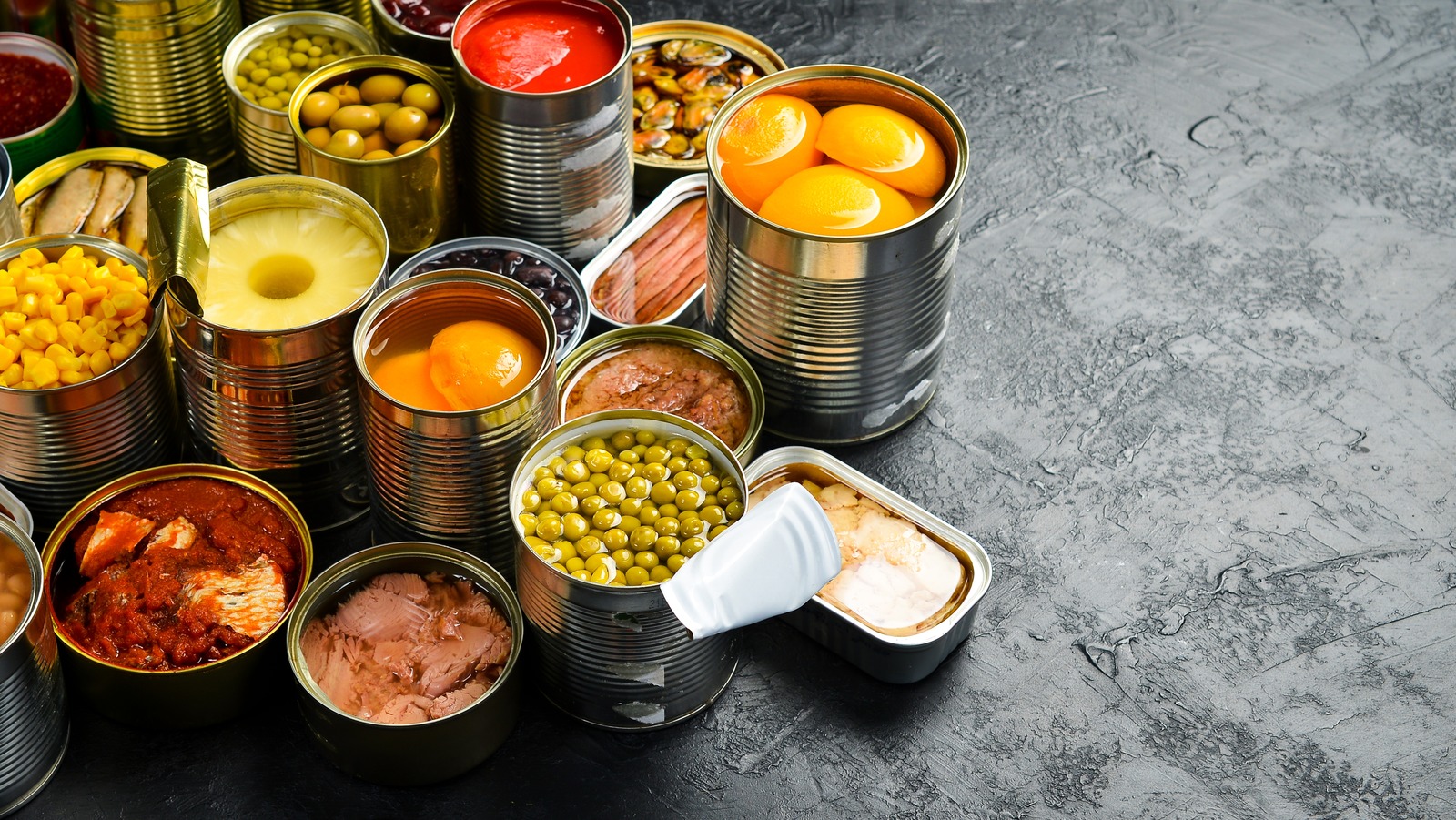If you lived through a brutal heat wave (or even just heard about how terrible they are), you probably have already drawn up plans to keep yourself and your family as comfy as possible the next time one hits — cooling, check; water, check. Now, as for emergency food supplies, canned goods are a no-brainer. But, you might be wondering how good they would fare in the scorching heat when the power goes out.
Surprisingly, canned goods don’t do well when subjected to high temperatures despite their reputation for being nearly indestructible. For them to last as long as possible, you need to store them somewhere cool, between 50 and 70 degrees Fahrenheit. You can find many spots in your house within this temperature range on most days. However, recent heat waves in 2024 saw many places in the U.S. suffer from temperatures well above 100 degrees Fahrenheit — dangerous territory for canned goods.
According to the USDA, when storage temperatures soar beyond 100 degrees Fahrenheit, canned foods can go bad. As The Journal of Infectious Diseases explains, any thermophilic bacteria that have survived the canning process may become active. Once these heat-loving microbes wake, they can produce gases that will make the cans bloat and ferment the contents inside, which can be dangerous.
Keeping canned foods safe in a heat wave
The good news is that you can protect your canned food supply with some smart storage tactics. Skip the garage and instead find the coolest places in your house like the pantry, basement, or anywhere far away from direct sunlight. Whenever you’re expecting prolonged blackouts in the heat, see if anyone in the neighborhood has a generator. If they do, ask to temporarily store your canned food in the house. No dice? Many places around the country have designated cooling centers during heat emergencies. Other than being safe haven for your emergency stock of high-protein foods, the running ACs in these places might save your life, too. You can check out the National Center for Healthy Housing resources to find the ones nearest to you.
In the worst case scenario, your emergency canned bread (among other things) might have to spend some time in the heat. So, you’ll need to recognize when your canned foods have gone bad — swelling, leaking, rusting, or any suspicious dents are obvious warning signs. Even if the can looks fine, trust your senses once you’ve opened it. If the food inside looks strange or smells off, throw it out — it’s simply not worth the risk.
While they’re not as foolproof as most people believe, canned food is still your best bet in emergencies. With some precautions, they’ll carry you through until the power’s back on!






